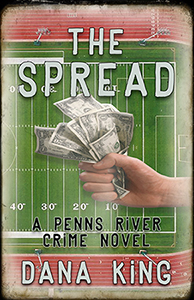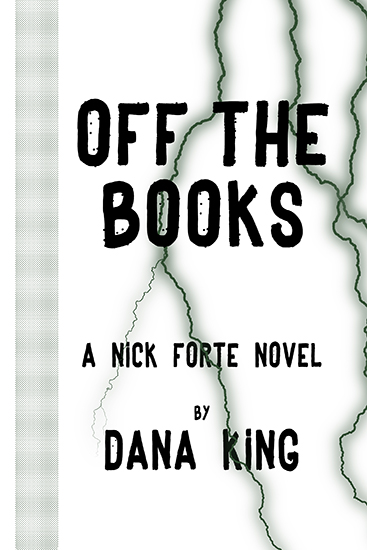The Summer of
Western Research™ is over. There are still wispy remnants floating around like
steam dissipating in a breeze, but the heavy lifting is over. I found what I
needed.
The primary purpose
of dedicating three months of reading and viewing to Westerns was to tie
together my understanding of the canon enough to see if I could write a book in
the genre without embarrassing myself. I’d read very little, and, while I’ve
always been a fan of Western movies, I watched them for entertainment value. My
understanding of what made them work was superficial.
Among the chores I
set myself was to get a mix of fiction and non-fiction, and to see how well the
fiction served the reality on which it was based. The point was to see how much
additional research I’d need to do justice to the project, and would it require
more time than I was willing to take away from my other projects. I needed
enough of a basis in fact to make the story more than a second-rate horse
opera, but I didn’t want to make it my mission in life, either.
For a while I
played with the idea of a fictionalized account of true events. Nothing as
obvious as The Gunfight at the O.K. Corral. Probably not even a Wyatt Earp
anecdote. A fictional story about Bat Masterson and his brothers came to mind.
I dismissed it because a “brothers as lawmen” story was already strong in the
popular culture from the movie Tombstone
and no way did I want to compete against that, nor be too strongly influenced.
A story near the
end of Six Years with the Texas Rangers
by James B. Gillett showed promise as something I could run with—and I may some
day—but ultimately seemed too narrow a scope. If I’m only going to write
Western—also a distinct possibility—I wanted to cover some ground.
And there, my
friends, was the rub. As most author friends are already aware, the trick when
writing a book is rarely what to include; it’s what to leave out. Every good
plot point or character development touches on something that deserves
exploration itself in order to do it justice. To touch even half the bases well
would take a book of Michener-esque length, and I wouldn’t read another
Michener novel if you tied me to an anthill and cut off my eyelids.
Decisions got made.
The book will take place in Wyoming Territory circa 1885. Two experienced
lawmen will butt heads while pursuing common goals, not the least of which is
setting a teenage boy on the right path. The town marshal is a father figure.
The U.S. marshal is a minor celebrity, happy to tell stories of the times he
spent with the Earps and Masterson and their kind. The core of the story is who
wants the best for the boy, and which he follows. I’ll tell that through the
evolution of a new city ostensibly created so the local ranches wouldn’t have
to be so self-sufficient. Unlike Deadwood, Necessity is a planned town as much as
one could be in those days, but once the blacksmith and grocer and service
providers arrive the saloons and prostitutes and gamblers can’t be far behind,
not so long as there are cowboys with money to be taken.
No plot yet, and
only the most amorphous ideas of action scenes. I have the characters, though,
and that’s the key thing I learned from this summer’s research. The core of a successful
Western is the same as the core of a successful crime story. Doesn’t matter if
it’s John Russell or Bat Masterson or Virgil Cole or Jimmy McNulty or Popeye
Doyle. The story will come now that I know what it’s about.
Many thanks to all
those who have encouraged me, and to those who provided the source
materials—both fictional and non-fiction—that I drew upon. There’s no way to
know how the book will turn out, but I had more fun this summer, and learned
more about my subject, than I’ve ever had researching a book. It’s worth it
just for that.



No comments:
Post a Comment